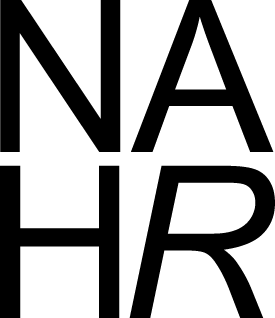About /
Di

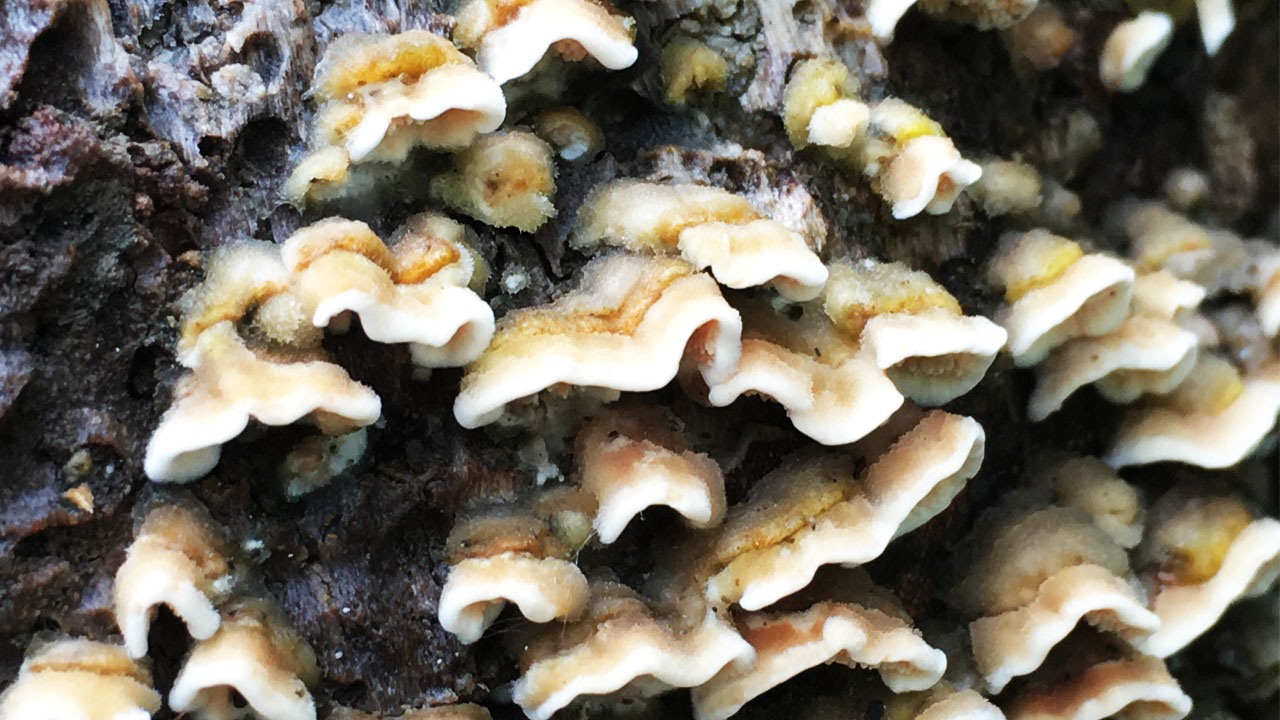
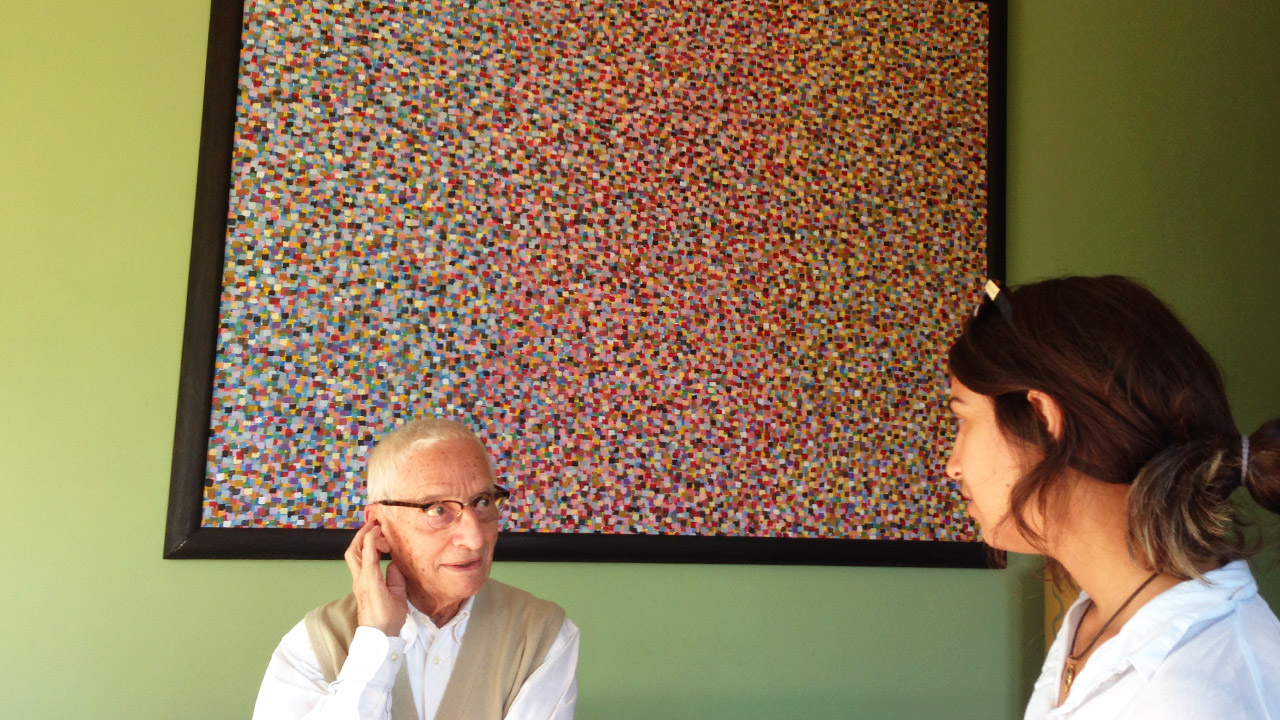
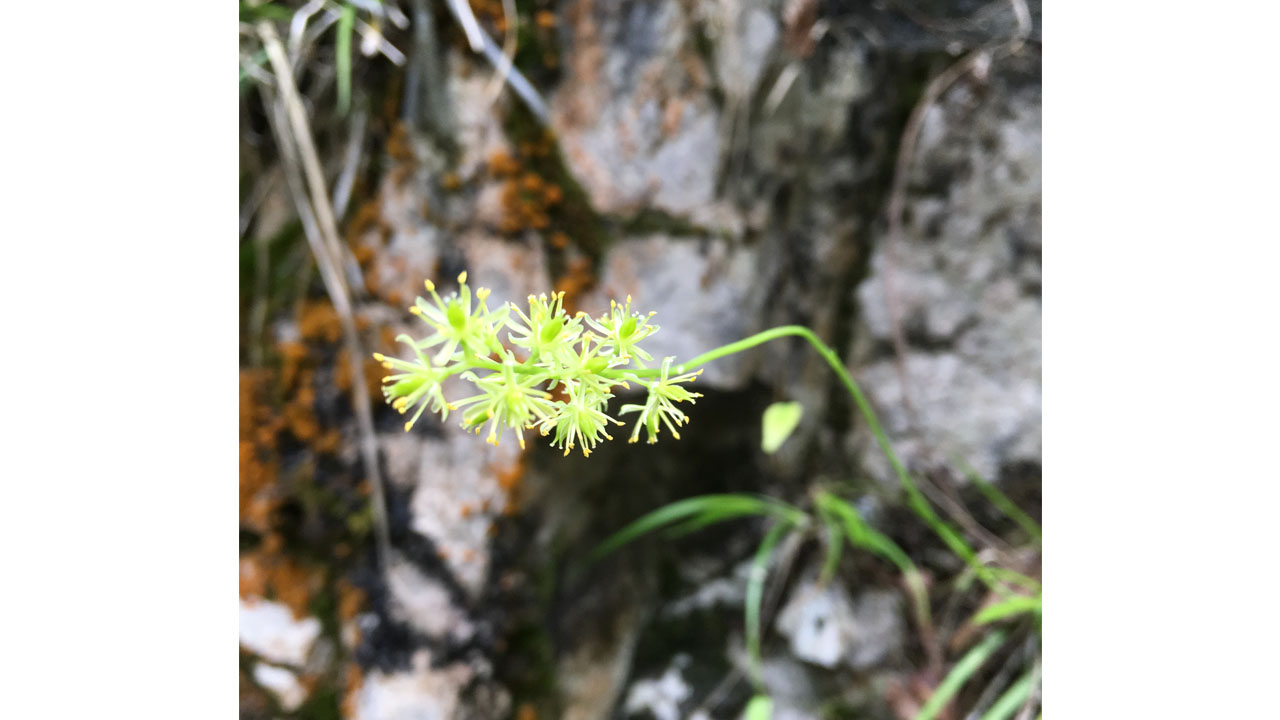
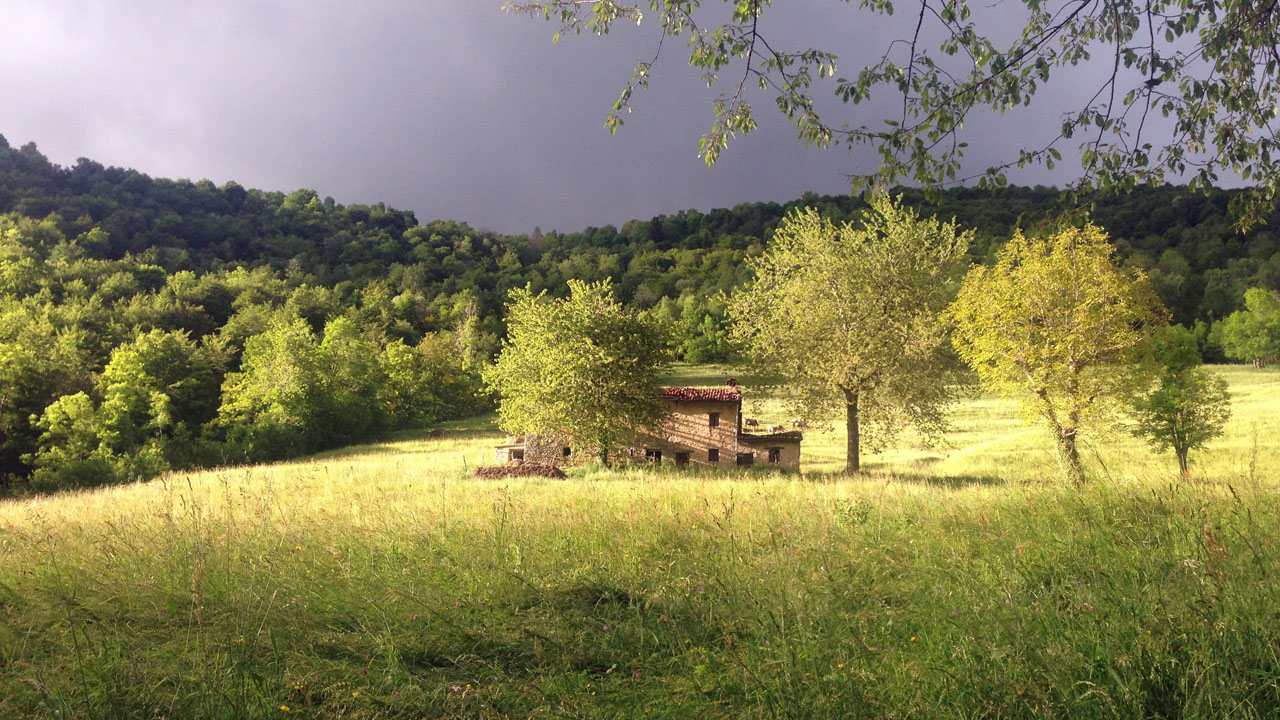
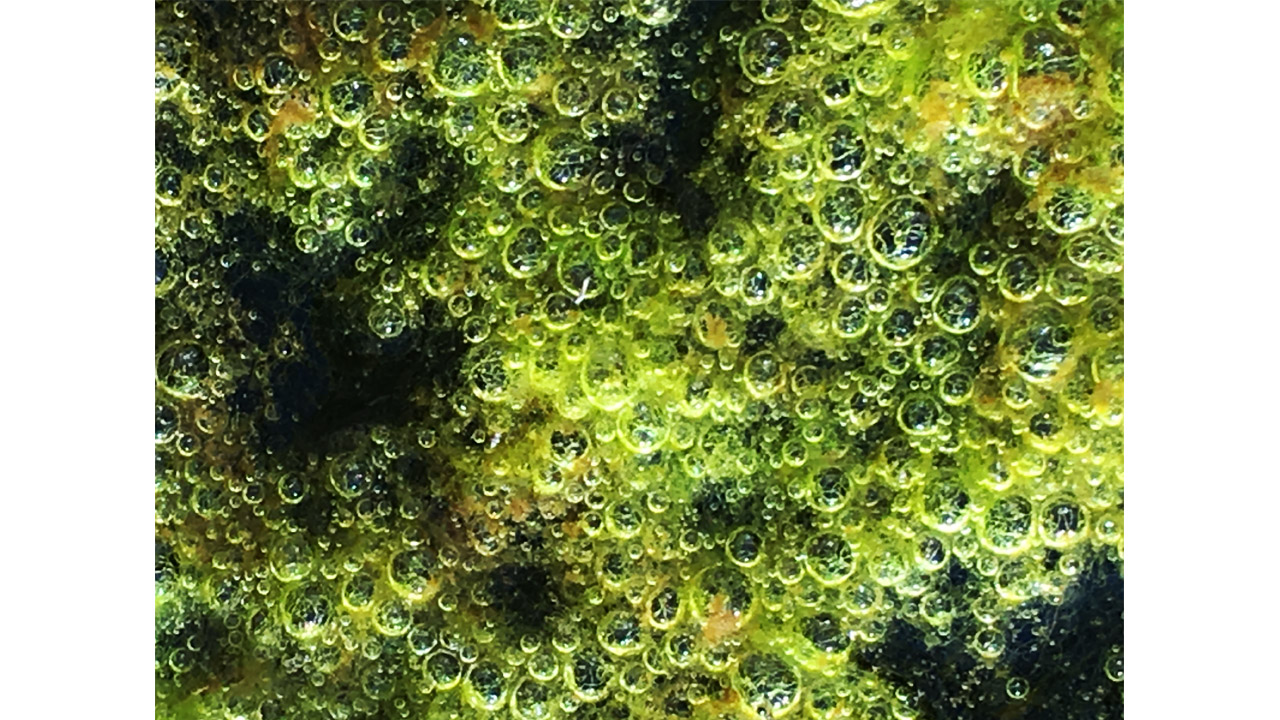

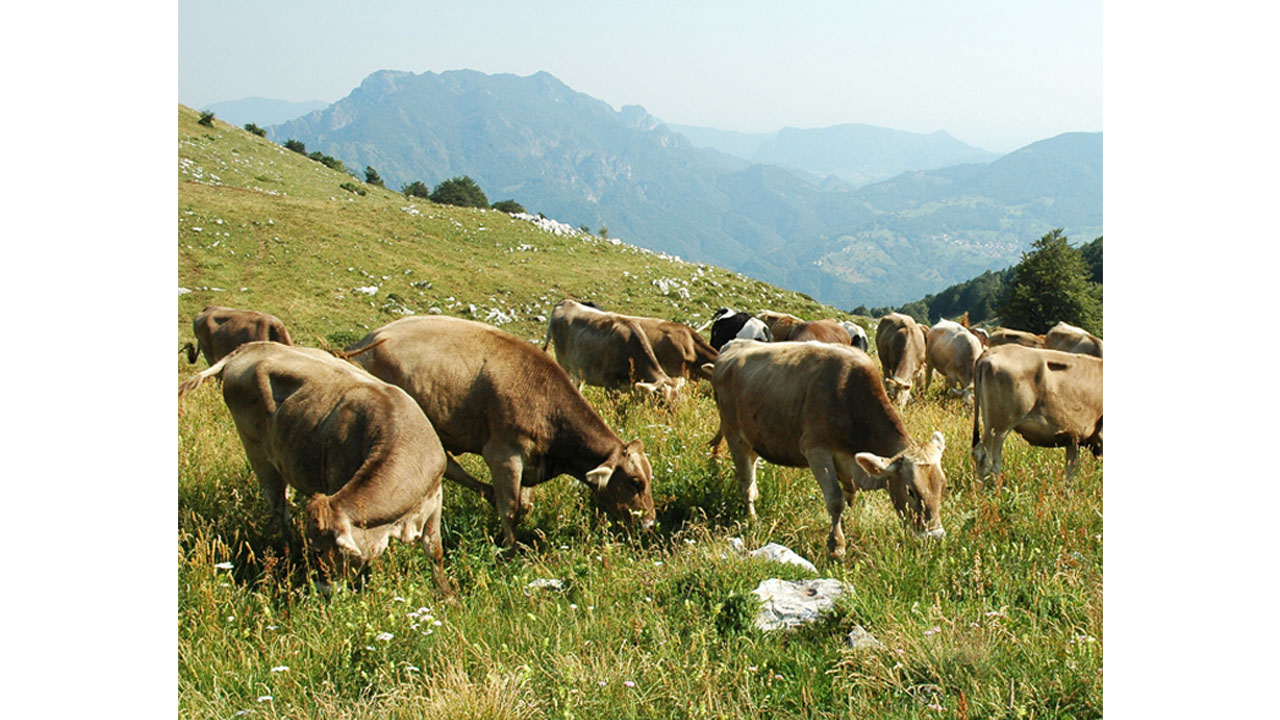

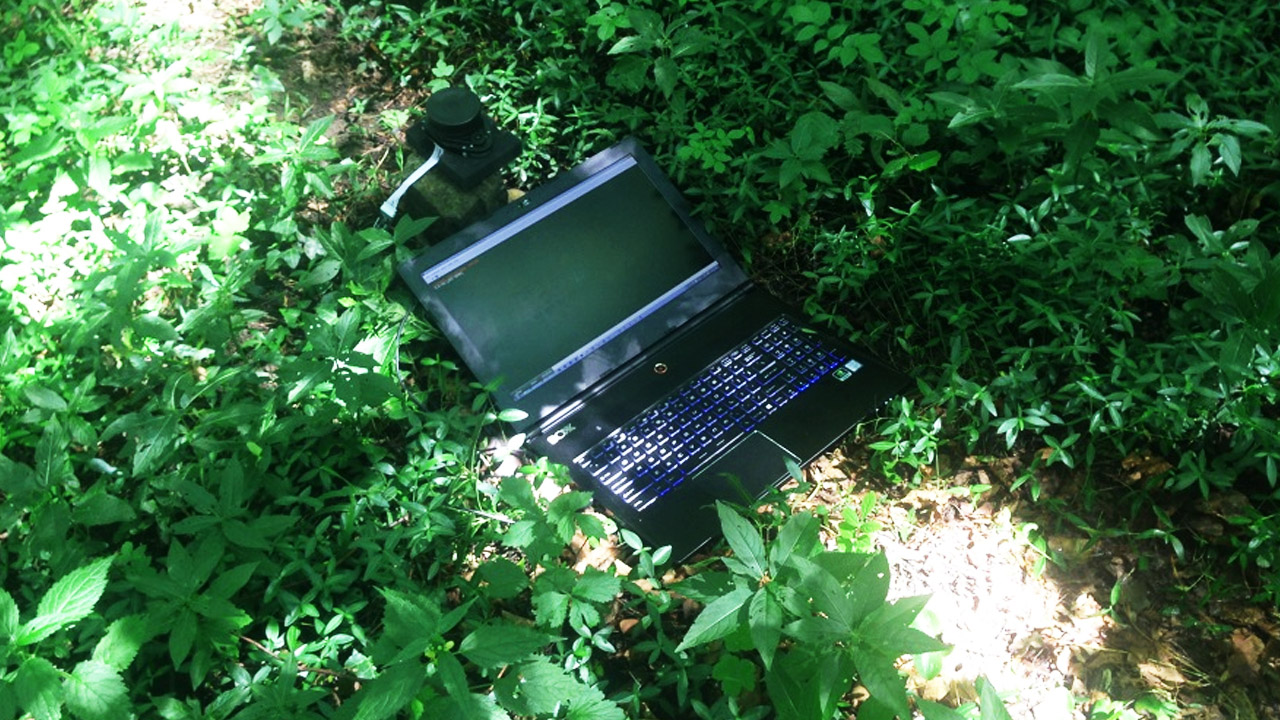
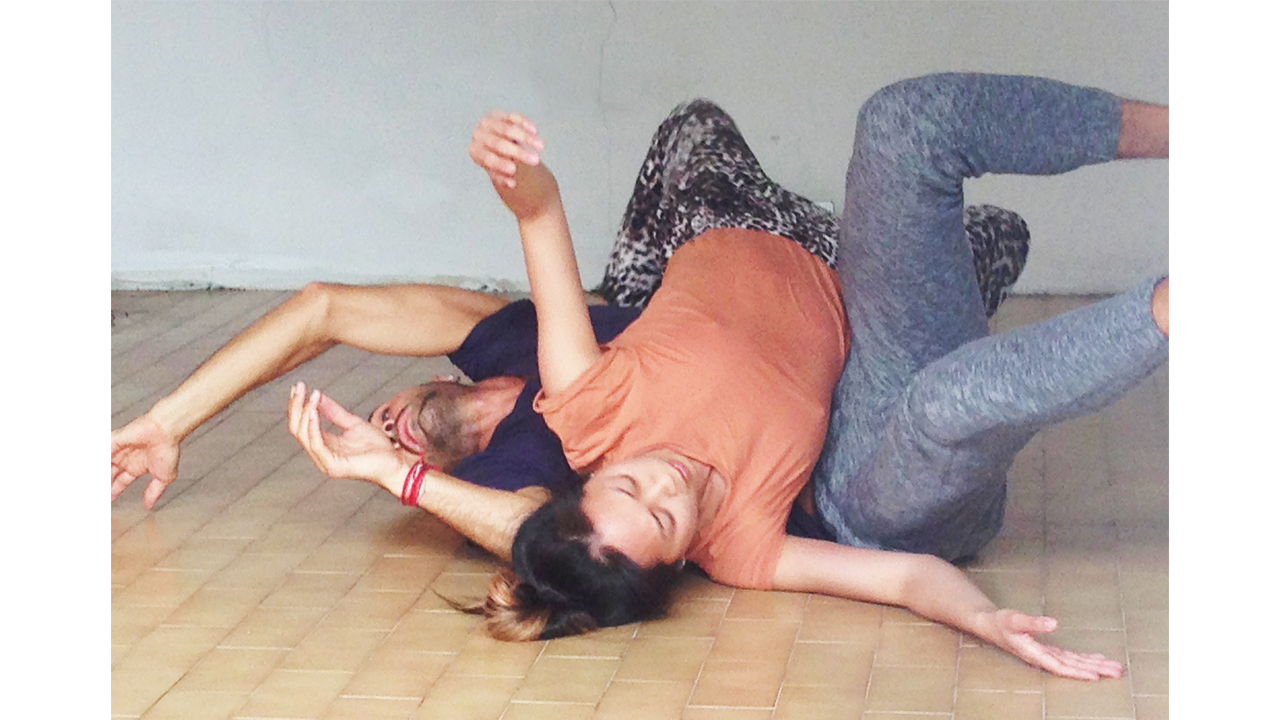
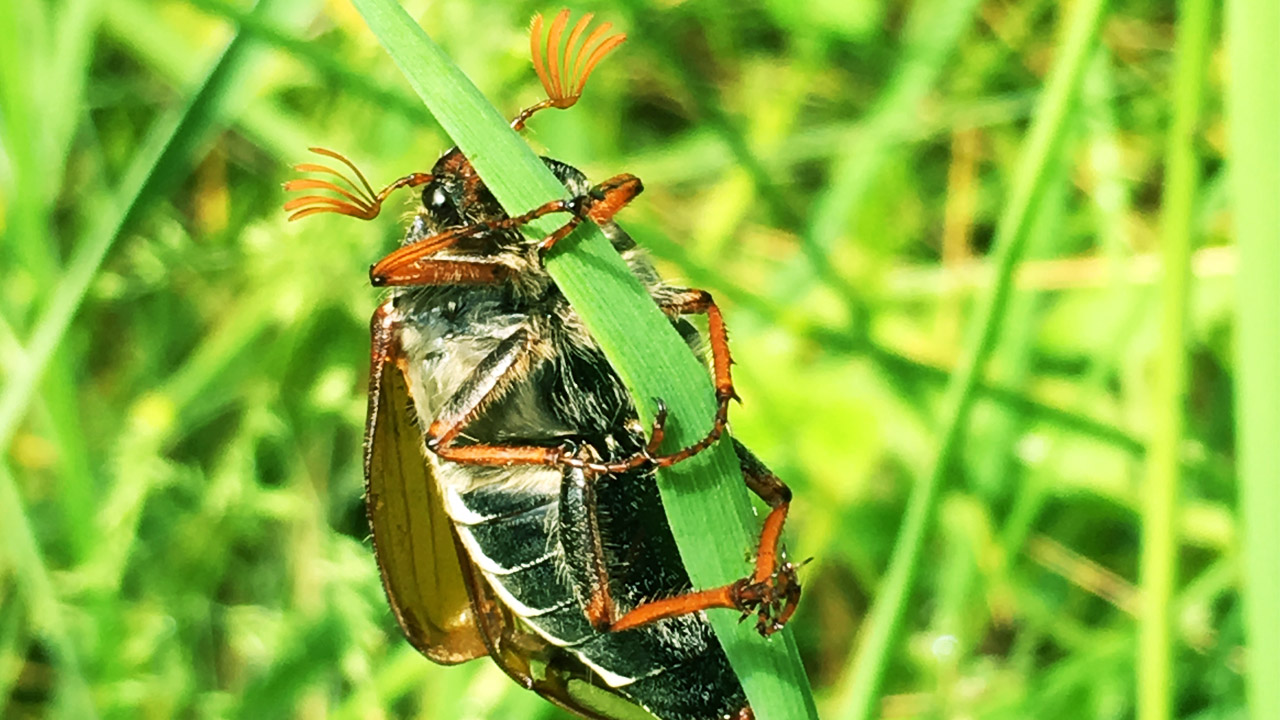
Set in the rural Taleggio Valley in northern Italy (with an outpost in California since 2021), Nature, Art & Habitat Residency (NAHR) ECO-Laboratory of Multidisciplinary Practice, offers a lively space to productively think and create, collaborate and interact, and take full advantage of the surrounding natural landscapes, as well as Italy’s rich material culture, which combines vernacular traditions with innovative approaches to space, place, people and their communities.
NAHR is a one-month summer residency (June and ALT. RES. in July and August) offered to six multidisciplinary professionals and one university level student active in the fields of bio-inspired arts, design, and architecture, as well as anthropology, botany, natural sciences, literature, technology, economy, or a cross-disciplinary blend of any of these. An international jury will select the residents based on their proposals. Selection criteria includes feasibility, originality, and overall quality of the proposals. Each NAHR residency is supplied without fees, and lodging is provided for the month of June.
Residencies will be awarded according to independent project proposals that best explore the 2026 topic Minerals: Our (in)organic Roots. Candidates are asked to consider how their proposals might best explore ways to build dynamic relationships between the Valley’s ecological resources, socio-cultural practices, and the built environment.
Proposals should consider the Taleggio Valley (see also the California call) as a case study and demonstrate an understanding of the residency as an opportunity to develop individual research paths. Proposals must aim to explore in-depth the domains of nature and landscape alongside the identity and memory of the Valley situated in the heart of the Orobie Alps. Approaches may include the tangible and intangible heritage of rural buildings, artifacts, work, as well as oral stories, local knowledge and know-how, traditions, crafts, flavors, and habits of the local population and communities that participate, legitimize, perpetuate, and generate an in-situ cultural logic of people and place.
Selection priority will be given to proposals that demonstrate both a direct engagement with the surrounding nature and the human habitat, through clearly articulated objectives and methods, and the ability to produce an artifact such as an installation, a thematic path, a sculpture, paintings, texts, food recipes, etc. as new types of landmarks in the Valley's territory.
Applicants need to demonstrate via their portfolio a strong commitment to research and investigation, as well as demonstrate how the production of previous work relates to the scope of NAHR. Proposals should include a description of how the Taleggio Valley can be the appropriate case study for ongoing work.
APPLY to RESIDENCY
JOIN the WORKSHOP
Nature, Art & Habitat Residency: ECO-Laboratorio di pratiche multidisciplinari, a Sottochiesa in Val Taleggio, Bergamo-Lombardia (con una sede satellite in California dal 2021) è un programma internazionale aperto per bando ad artisti, ricercatori e scienziati impegnati in progetti di studio ed emulazione della natura.
NAHR è una residenza estiva di un mese (Giugno, e ALT. RES in Luglio o Agosto) offerto a sei professionisti multidisciplinari e ad uno studente universitario, attivi in diversi settori bio-ispirati: design, architettura, antropologia, botanica, scienze naturali, letteratura, poesia, tecnologia, economia o una miscela interdisciplinare individuabile tra questi.
La residenza viene assegnata in base alle proposte di progetti che meglio sapranno esplorare il tema 2026 -
Minerali: Le nostre radici (in)organiche.
I candidati sono invitati a proporre progetti di ricerca capaci di costruire relazioni critiche e dinamiche tra risorse ecologiche, aspetti tecnico-economici sostenibili, pratiche socio-culturali e ambiente costruito della Valle Taleggio (vedasi anche il bando per la California)
Una giuria internazionale selezionerà i residenti in base alle loro proposte. I criteri di selezione includono: fattibilità, originalità e la qualità complessiva delle proposte. Priorità di selezione viene data alle proposte che dimostrano un diretto legame con la natura circostante e l'habitat umano, attraverso realizzazioni o analisi metodologiche, scritti o produzioni di un manufatto: installazione, percorso tematico, scultura, dipinto, disegni, testi, ricette, etc.
La partecipazione alla residenza NAHR è gratuita, come pure l’alloggio (Giugno). Iscrizione all’associazione NAHR e’ obbligatoria. Dettagli nella pagine a seguire.
ISCRIVITI alla Residenza
Partecipa al Seminario
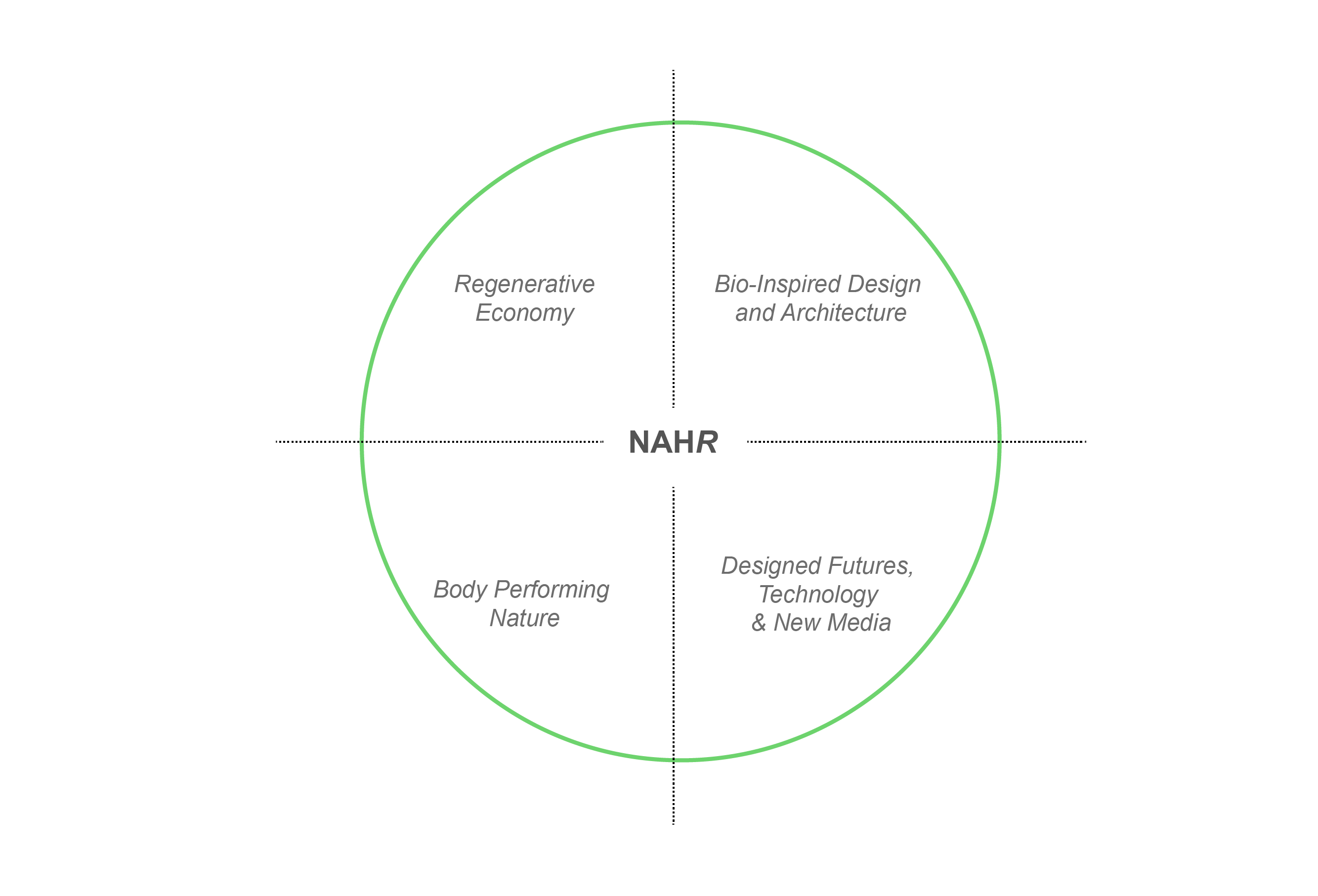
Domains
NAHR is particularly invested in seeing proposals from applicants in which an artifact will be produced which expresses, in new and novel ways, the resiliency of nature across the following four domains:
1. Regenerative Economy
This approach encourages the study of local culture and production/exchange relations that extend to observations on local ecosystems in order to generate economic models based on concepts of restoration, regeneration and circularity. These models are ideally exportable to future developments at both local and global scales, promoting a resilient use of natural and cultural resources, and eliminating obsolete concepts such as waste and pollution.
2. Bio-Inspired Design and Architecture
The development and/or creation of projects and artifacts inspired by form, functions and processes found in the nature of the Valley.
3. Body Performing Nature
Artwork production and critical embodied investigations that articulate our relationship to nature, landscape, sustainability and ecology though creative movement of the human body. Proposals may include all types of embodied performances, dance, and site specific choreographies.
4. Designed Futures, Technology & New Media
The use of emerging technology tools/engines such as virtual and augmented reality, 3D printing, scanning, artificial intelligence, sensor-based systems, robotics, and simulations to investigate the shifting boundary between technology and nature, infrastructure and ecosystems.
Main Disciplines
NAHR aims to involve bio-inspired, multi-disciplinary practitioners, academic and professional, from these fields:
- Art Practices (across all platforms, mediums, modes, and materials)
- Architecture / Design
- Anthropology/Digital Humanities
- Biology/Natural Sciences/ Ecology
- Biomimicry
- Ethno-botany
- Economics
- Gastronomy
- Sustainability Studies
- Technology and Computational Sciences
- Visual Arts/Film/Liberal Studies
2025 Collateral Projects
To supplement the residency program, and in partnership with Ecomuseum Val Taleggio and a range of other important local institutions, during the summer of 2025 NAHR is also organizing several workshops. In June, we will initiate a Nature, Art and Habitat Workshop (NAHW) titled Minerals: Scaffolders that Matter.
Over the summer Nature, Art and Habitat will partner with several prestigious institutions: Northwestern University, School of Communication, Department of Theatre, Dance Program in Chicago for Body Performing Nature domain, Re-Scaling Global Health. Human Health and Multispecies Cohabitation on an Urban Planet Working Group - Berlin University Alliance, CREW Center for Restorative Environmental Work, University of California, Santa Barbara.
For Fellowship opportunities see details on the Accommodations page.
Each collateral project aims to connect with other institutions, either afar (Chicago) or nearby (Bergamo) and to link communities beyond their territoriality. For example, with NAHW (Workshop), NAHR will visit specific areas of the Val Taleggio, organize walks in the mountains, and hold dedicated lectures by specialists to guide the observation and analysis of the surrounding landscapes (natural and built). By offering site-specific investigations, NAHR expects to explore interactions and relationships within the Valley’s ecosystem, opening up the possibility of a range of inter- and cross-disciplinary research opportunities worldwide.
Calendar / Calendario
Principali Domini di Ricerca
NAHR è particolarmente interessato ad esprimere la resilienza in natura nei quattro seguenti ambiti:
1. Economia Circolare:
Modelli economici che emergono dallo studio della produzione e dalla cultura locale in grado di promuovere un uso flessibile e ambientalmente sostenibile delle risorse naturali e culturali esportabili in sviluppi futuri, sia a scala locale che globale.
2. Arte, Design e Architettura Bio-Ispirati:
Sviluppo e/o creazione di progetti e manufatti ispirati a forme, funzioni e processi identificabili nell’ecologia della Val Taleggio.
3. Corpo & Natura:
Ideazione, produzione e realizzazione di opere estese a tutti i tipi di arti visive (danza, coreografia e installazioni, etc.) che interpretano i rapporti con la natura, il paesaggio, la biodiversita’, la sostenibilità e l'ecologia.
4. Technologia & Nuovi Media:
Uso di strumenti tecnologici emergenti (realtà virtuale e aumentata, produzioni 3D, scansioni, intelligenza artificiale, sistemi di sensori, robotica, simulazioni, etc.) per indagare il confine tra tecnologia digitale e natura, infrastrutture mobili e ecosistemi.
Discipline Coinvolte
NAHR mira a coinvolgere molteplici figure bio-ispirate sia in ambito professionale che accademico. Le discipline invitate sono:
- Arte (in tutte le sue declinazioni)
- Architettura / Design
- Arti visive
- Antropologia
- Biologia / Scienze Naturali / Ecologia
- Biomimetica
- Etno-botanica
- Economia
- Gastronomia
- Sostenibilità
- Tecnologia e Scienze Informatiche
- Arti visive / Film
2025 Progetti Collaterali
In collaborazione con l’Ecomuseo Val Taleggio e altre istituzioni locali, NAHR organizzerà nell’estate 2025 numerosi laboratori accanto e complementari al programma di residenza. A giugno, prenderà il via un Workshop (NAHW) Minerals: Scaffolders that Matter , tre giorni che prevedono la visita di aree specifiche della Val Taleggio, passeggiate in montagna, esplorazioni di siti specifici, lezioni dedicate con specialisti, alla guida e all’analisi dei paesaggi circostanti.
Durante l’estate Nature, Art & Habitat sara’ partner di diverse istituzioni prestigiose: Human Health and Multispecies Cohabitation on an Urban Planet Working Group - Berlin University Alliance, Northwestern University, School of Communication, Department of Theatre, Dance Program di Chicago, USA, CREW Center for Restorative Environmental Work, University of California, Santa Barbara, USA. Per le opportunità di Fellowship vedi i dettagli nella pagina Alloggi.
Tutti i progetti collaterali sono ideati in partenariato con altre istituzioni, accademiche e non, lontane e vicine, accomunate dal medesimo intento di collegare comunità culturali oltre la loro territorialità, con l’intento di ritrovare interazioni e rapporti all'interno dell'ecosistema della valle, aprendo la possibilità ad una vasta gamma di opportunità di ricerca interdisciplinari e multidisciplinari.
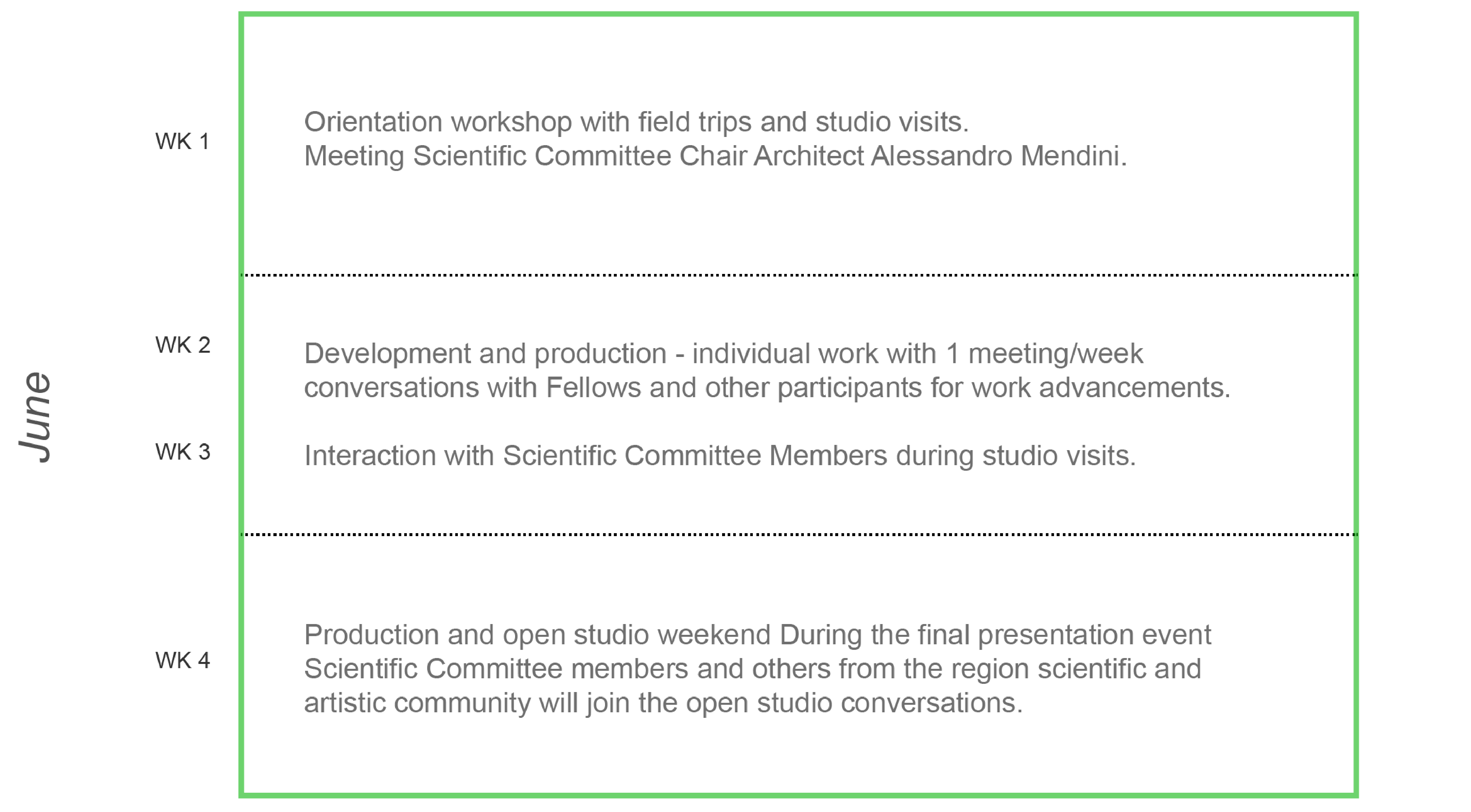 APPLY
APPLY